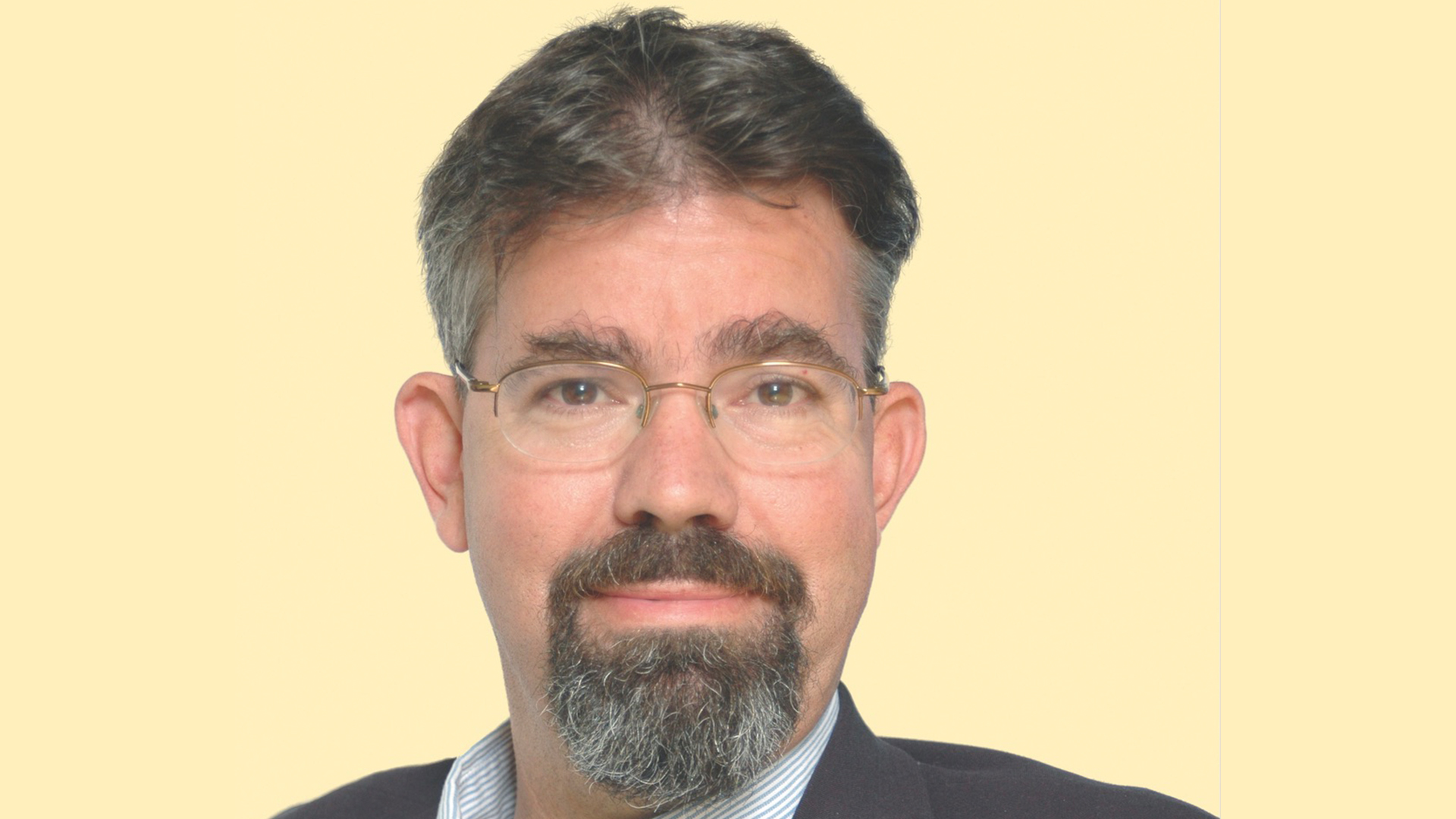NAB: TV Transition Calls Not Flooding Switchboards
The National Association of Broadcasters says its early read on stations that switched to digital from analog on Tuesday was encouraging, based on the volume of calls so far.
Jonathan Collegio, NAB's VP for the digital-TV switch and point person for DTV education, said there were relatively few viewer calls in markets in Virginia, Illinois and Kansas that had made made the switch early enough for the association to get a read on them.
In two Virginia markets, for example, there had only been 150 calls by the time the NAB put out an e-mail at 9:45 Tuesday night. Stations in Rockford, Ill., had recived 200 calls, while Topeka, Kan., stations had received about 300 calls.
NAB said stations were able to resolve most of the problems over the phone. "We are pleased that thus far call volume appears relatively low in markets where stations switched earlier in the day," Collegio said in a statement. "Awareness of the transition is saturated in every market nationwide as a result of the broadcast industry's $1.2 billion consumer education campaign."
A quick check Wednesday morning with an aide to a Democratic senator concerned about the transition suggested that early read was still holding. "We haven't gotten any calls" to our office, the aide said. "Nobody is burning down the switchboard and saying they don't have their televsion...yet."
The government allowed 421 stations to pull the plug on analog Feb. 17, with 220 having already done so and the rest allowed to pull the plug between March 14 and June 12. That's the "hard date" for all but so-called "nightlight" analog broadcasts of emergency and DTV transition information.
The smarter way to stay on top of the multichannel video marketplace. Sign up below.
Contributing editor John Eggerton has been an editor and/or writer on media regulation, legislation and policy for over four decades, including covering the FCC, FTC, Congress, the major media trade associations, and the federal courts. In addition to Multichannel News and Broadcasting + Cable, his work has appeared in Radio World, TV Technology, TV Fax, This Week in Consumer Electronics, Variety and the Encyclopedia Britannica.

